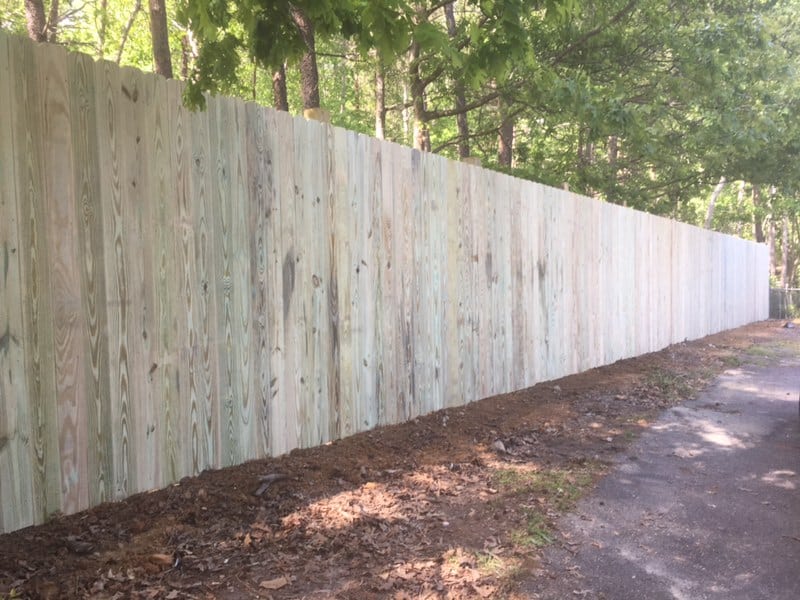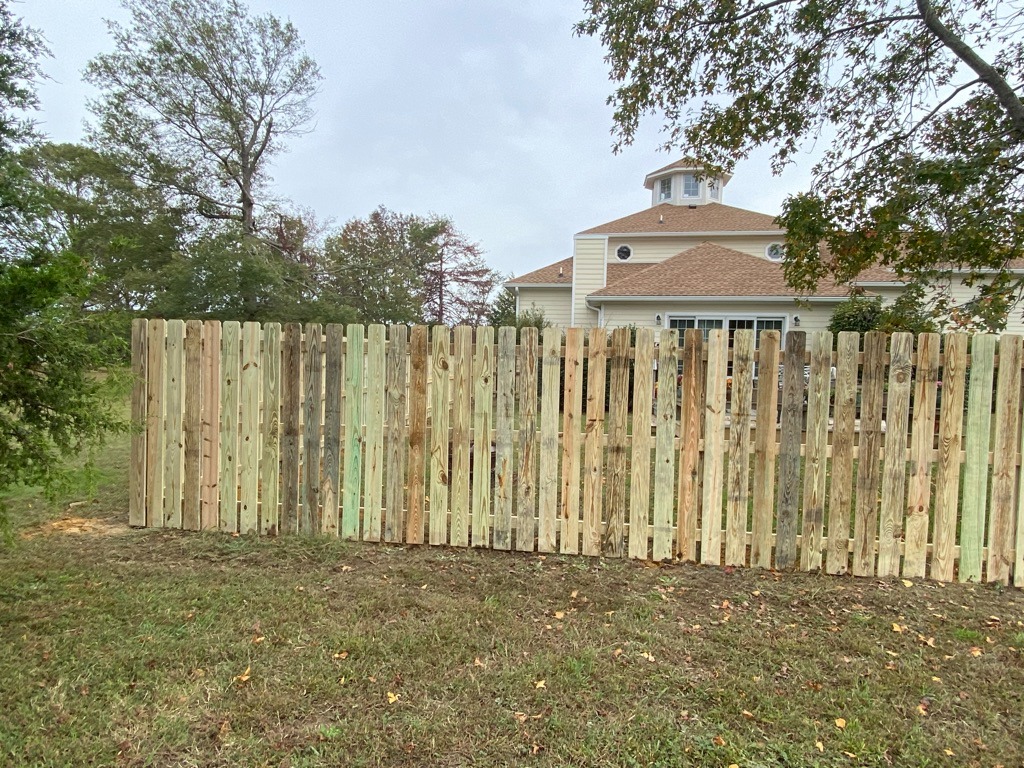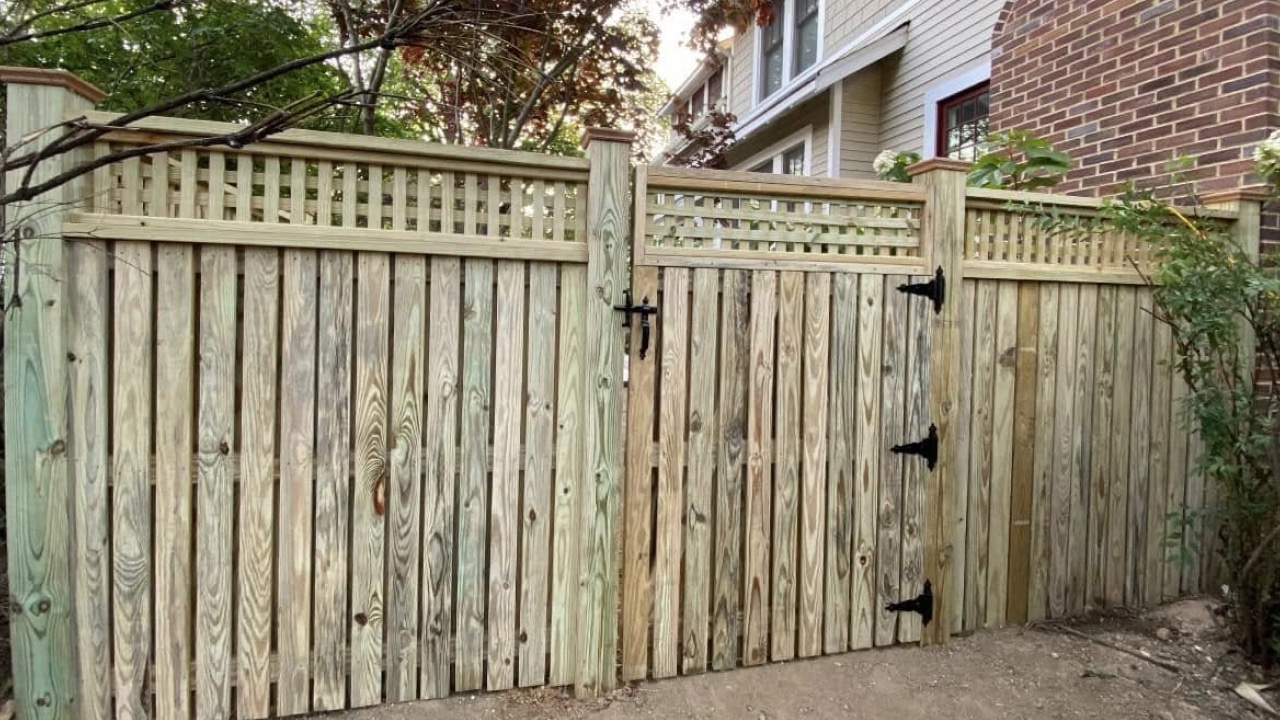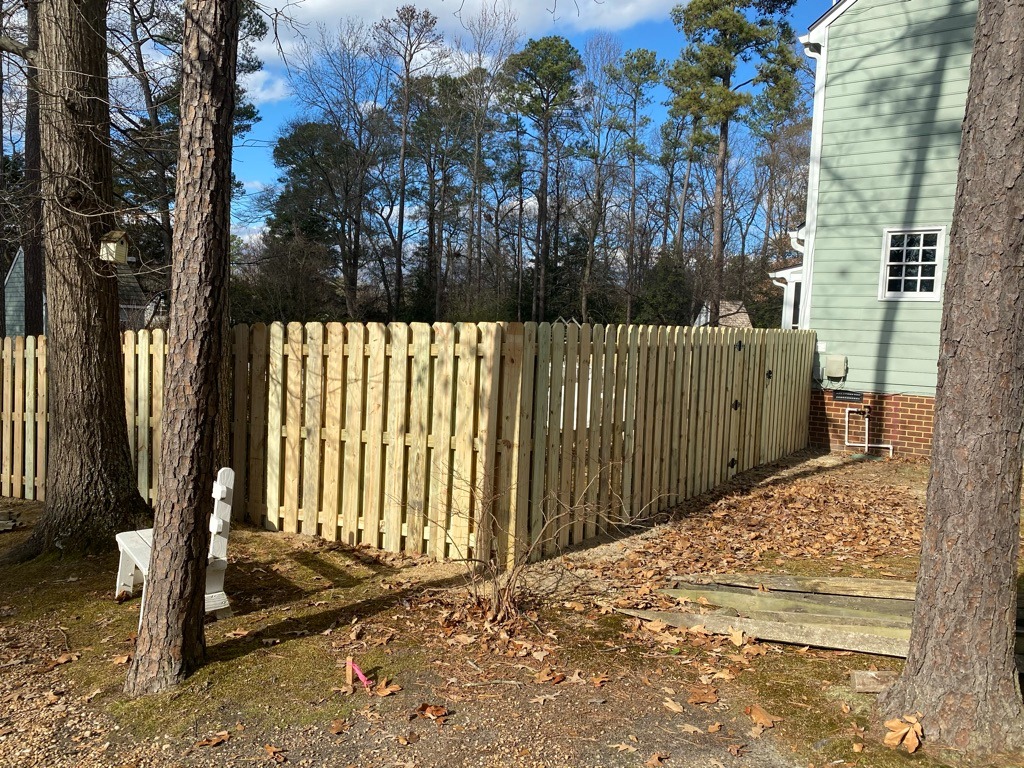When you picture your new fence, you probably imagine curb appeal, privacy, and a clean line marking your property. What you might not imagine is an HOA rejection notice waiting in your inbox.
Homeowners often discover that excitement can turn to frustration when community boards or city design committees push back on their fence plans. This is because the area has rich historic architecture that blends with modern suburbs. The Fan and Church Hill protect turn-of-the-century charm through strict design reviews, while newer areas like Short Pump and the West End focus on uniformity and color consistency.
If you’re planning to upgrade or replace your fence, this guide walks you through what actually gets approved, what usually doesn’t, and how to keep your project moving forward with help from Richmond fencing experts who simplify the approval process and handle these tasks every day.
Understanding the HOA Approval Process

An HOA, or Homeowners Association, exists to preserve the look and value of a neighborhood. It establishes rules for visible features like fences, driveways, façades, and landscaping. This helps keep design standards consistent. Richmond’s HOAs pay close attention to details. Many neighborhoods overlap with city historic or architectural review zones.
The approval sequence usually follows these steps:
- Application
- Committee Review
- Decision
- Construction and Compliance
Homeowners submit drawings, material samples, color chips, and contractor details. The committee checks the design against community rules and city codes. Then, they decide whether to give approval.
Because the city’s historic overlays add another layer of oversight, it helps to check your design against the Richmond historic design guidelines, the official standards used by the Commission of Architectural Review (CAR). They outline acceptable fence materials, heights, and styles for preserved districts.
Working with a licensed contractor familiar with both HOA and city regulations would also save you time and prevent repeat submissions. Most rejections come down to missing documents or mismatched materials that experienced installers can flag long before you apply.
What Gets Approved Across Richmond Neighborhoods

Each part of the city has its own architectural identity, and HOAs reflect that personality. Here’s how to plan for success, neighborhood by neighborhood.
The Fan District
The Fan’s historic overlay is one of the most detailed in Virginia. Its narrow lots and 19th-century façades require fences that blend with classic brick townhouses and iron railings.
- Common approvals: ornamental aluminum, wrought iron, and traditional painted wood picket fences up to roughly four feet.
- Common denials: chain link, tall vinyl privacy panels, or unpainted treated wood.
Many homeowners choose aluminum that mimics iron because it satisfies appearance rules and resists rust. For material performance in local humidity, check out fence materials that withstand Richmond’s weather.
Church Hill
Rich with antebellum architecture, Church Hill follows similar principles but allows slightly more design freedom. Approvals favor decorative wood fencing with vertical pickets and neutral paint colors that echo porch trims. Untreated or horizontal slat fences rarely pass review.
Because this neighborhood falls under city oversight, applications often go through the CAR. Submitting your plans early prevents scheduling conflicts, especially during busy spring building seasons.
Museum District
The Museum District straddles tradition and transition. Many homes have been renovated, creating a patchwork of styles that still obeys moderate HOA standards. Here, balance wins: wood, aluminum, or composite fencing under six feet generally gets a quick approval. Matching fence colors to existing trim or railings further improves your chances.
West End and Short Pump
Subdivisions like Canterbury or Lakewood lean modern. Their HOAs prioritize uniformity and sightlines over historic replication. Vinyl, aluminum, and composite fences are all fair game provided they stay within HOA-approved color palettes. Rejections typically involve mixed-material combinations or uneven heights.
Common Reasons HOA Fence Requests Get Rejected

- Wrong materials or finishes. Submitting natural cedar when the HOA only allows painted pine, or vinyl in a historic block, can trigger instant denial.
- Exceeding height limits. Many Richmond neighborhoods cap rear-yard fences at six feet and front-yard fences at four feet.
- Incomplete documentation. Missing site plans, photos, or color samples slow approvals.
- Building before written clearance. Starting work early may lead to stop-work notices or fines.
- Unlicensed contractors. HOAs often require state-licensed and insured installers listed on the application.
Each HOA has its nuances, but accuracy and patience are universal.
Richmond HOA Fence Approval Checklist
- Review your Covenants, Conditions, and Restrictions. Locate the fencing section and note limits on height, color, or placement.
- Draw a scaled site plan. Include property lines, gates, and any nearby structures.
- Select HOA-approved materials. Choose neutral colors and finishes listed in community rules.
- Attach visuals and contractor credentials. Photos, material samples, and proof of insurance speed review.
- Submit to the design committee. Keep both digital and printed copies.
- Wait for written approval. Never assume silence equals consent.
- Store documentation. Keep it for resale, refinance, or future projects.
- Cross-check city requirements. Properties within historic overlays should follow relevant design guidelines and zoning maps.
How Dubon Simplifies the HOA Process

Navigating Richmond’s overlapping rules can feel like decoding two languages at once. Dubon Fencing & Polished Concrete speaks both.
Our team pre-reviews every neighborhood’s HOA rules before offering a quote, catching potential red flags early. We provide detailed diagrams, color boards, and sample materials that align with your HOA’s guidelines and the city’s design standards.
We also coordinate directly with review committees and city offices under the Richmond permit review process, managing submittals, revisions, and scheduling so homeowners don’t have to juggle emails or paperwork.
From Chesterfield subdivisions to Church Hill’s historic rowhouses, our installers understand how different boards interpret “approved style.” We don’t just install fences; we get them approved.
For projects in and around Richmond, always start with fence installation experts who know the system inside and out.
Build Once, Build Right
A fence that passes approval adds value, privacy, and peace of mind. One that doesn’t can mean fines, removals, or wasted weekends. Before you submit another set of drawings, talk with the team that helps Richmond homeowners build once and build right.
Call (804) 402-9980 or contact our team to schedule your consultation and start your HOA-approved fencing project today.
Frequently Asked Questions
Do I still need a city permit if my HOA already approved my fence?
Yes. HOA approval does not replace a Richmond building permit. The city requires permits for most structural projects.
What fence styles get approved fastest in Richmond neighborhoods?
Simple designs in aluminum or painted wood tend to clear review quickly, especially when they complement surrounding homes and stay under height limits.
Can Dubon Fencing help with HOA and city submissions?
Absolutely. Dubon prepares fence diagrams, product samples, and handles direct correspondence with HOA boards and permit offices. Homeowners save time while ensuring their project meets every requirement.
What happens if I install a fence without HOA or city approval?
You may receive violation letters, daily fines, or an order to remove the fence. In Richmond’s historic zones, unapproved structures can also jeopardize your property’s compliance certificate. Always verify both HOA and city approvals before starting construction.
